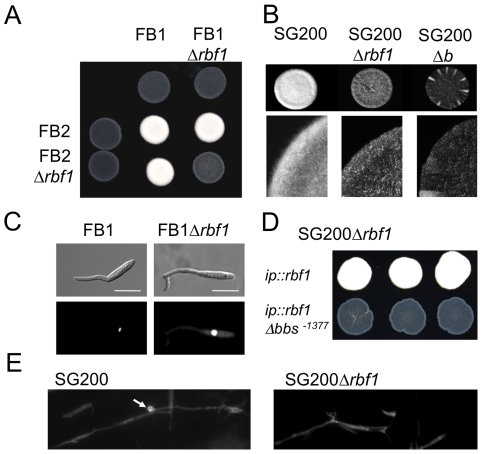Figure 3. Rbf1 is required for b-dependent filament formation.
(A) Mixtures of wild-type U. maydis strains FB1 (a1b1) and FB2 (a2b2) and of the respective Δrbf1 strains and (B) of the solopathogenic strain SG200 (a1mfa2 bE1bW2) and its Δrbf1 and Δb derivatives were spotted on PD charcoal plates to induce filament formation. Filamentation is drastically reduced in all Δrbf1-strains. (C) FB1 and FB1Δrbf1 cells grown in CM medium supplemented with 1% glucose (CMD) (OD600 = 0.2) were treated with synthetic a2 pheromone (2.5 µg/ml) for six hours; nuclei were visualized by DAPI staining. Rbf1 is not required for the pheromone-induced conjugation tube formation and cell cycle arrest. Scale bar = 10 µm. (D) Transformants of SG200Δrbf1 obtained by integration into the ip-locus of (1) the rbf1 open reading frame with the wild-type 3 kb 5′-upstream region (ip::rbf1), or (2) the rbf1 open reading frame with a 3 kb 5′-fragment harbouring a deletion of the bbs-motif at position −1377 (ip::rbf1Δbbs−1377). Shown are three independent transformants each spotted on PD charcoal plates. While the rbf1 gene with the wt-promoter fragment is capable to complement the rbf1 deletion, restoring filamentous growth, the deletion of bbs−1377 renders the transforming fragment inactive, indicating that binding of the bE1/bW2-heterodimer to bbs−1377 is required for rbf1 expression. (E) Calcofluor staining of fungal hyphae on the leaf surface. 16 hours post inoculation, both U. maydis SG200 and SG200Δrbf1 have formed filaments; no appressoria were found in SG200Δrbf1. The arrow marks the appressorium.

